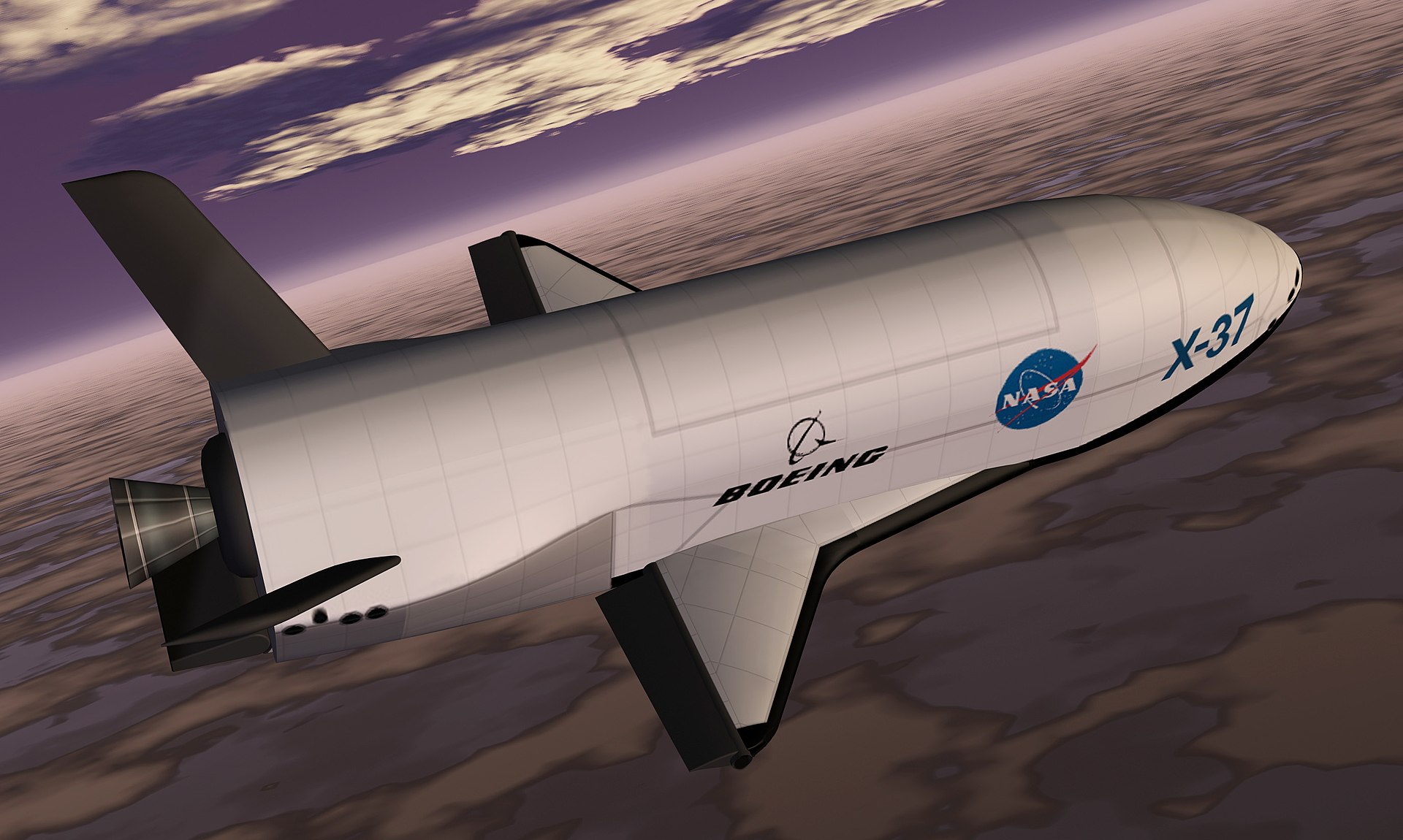
On Thursday, SpaceX’s Falcon Heavy rocket, owned by billionaire Elon Musk, launched a US military plane that has piqued the imagination of the space community in recent years. According to CNN, the X-37B has launched into orbit without a crew and will conduct cutting-edge research. It is unknown where the spaceplane will land. The clandestine plane has already spent 3,774 days in orbit on six previous trips, the most recent of which lasted a record 908 days. The plane has always been shrouded in mystery. The X-37B has now travelled to space seven times with Thursday’s launch.
Boeing produced the X-37B, which is roughly the size of a small bus
With its windows blacked out, the spaceplane resembles a miniature NASA space shuttle. According to CNN, the X-37B has been known to research topics such as relaying solar energy from space for use on Earth and examining the effects of radiation on seeds used to create food. According to the news agency Reuters, the launch came two weeks after China’s robot spaceplane, known as the Shenlong, or “Divine Dragon,” was launched on its third voyage to orbit since 2020. Boeing produced the X-37B, which is roughly the size of a small bus. At the end of its mission, the ship descends through the atmosphere to land on a runway in the same way as an aeroplane does.
According to Paul Graziani, CEO of COMSPOC, a company specialized in tracking things in space, the use of one of the world’s most powerful rockets could imply the spaceplane would lift payloads further into space. “If the military doesn’t want people to track the X-37B, the vehicle can be hidden in the glare of the sun or by various other means – including changing its position often,” he said. “I think it’s one of the most interesting things that’s happened in space in a long time, whatever it’s going to do,” the scientist added. It is believed that the spaceplane is en route to geosynchronous orbit, which is approximately 22,400 miles (36,000 kilometres) from Earth.
According to CNN, NASA has sent research to identify ways to maintain astronauts on future deep-space journeys. Seeds-2 will “expose plant seeds to the harsh radiation environment of long-duration spaceflight” and will build on earlier X-37B missions’ research. The potential to plant crops in space has significant implications for astronaut nutrition on future long-term trips to the moon and Mars. The projected duration of the latest X-37B mission has not been made public, but given the pattern of successively longer missions, it will most likely last until June 2026 or beyond.
